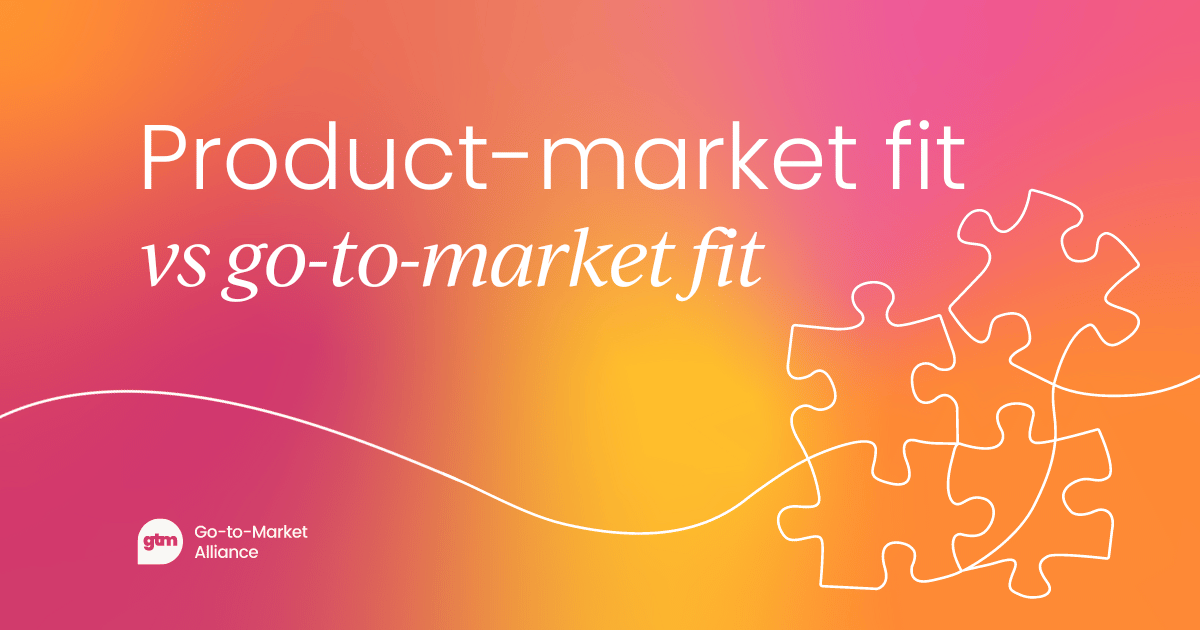This article comes from Robert Gimbel’s insightful talk, ‘100M ARR: How to build a B2B SaaS GTM engine that gets you there’, at our #GTM24 event, check out his full presentation here.
Ever wondered what it takes to build a $100 million ARR go-to-market engine? If you're reading this, chances are you're on that very mission.
Well, you're in the right place! I'm Robert Gimbel, and I've seen B2B SaaS companies from almost every perspective.
My last five years were spent as a Chief Revenue Officer, working on the very mission we're talking about today. Before that, I served as Chief Operating Officer and Head of Product. So, I've got a real 360-degree view of the B2B SaaS world.
Here's the thing: I'm not an inventor; I'm not the person who comes up with innovative new ideas; I’m the one scaling those ideas as the operator and structure builder. My passion is complementing a great strategy with strong execution.
So in this article, we'll explore some of the key ingredients you'll need to scale as fast as possible. From understanding what product-market fit really means, to designing your go-to-market strategy, all the way through to execution – we'll cover it all.
Are you ready to build that $100 million ARR go-to-market engine? Let's dive in!
Understanding product-market fit
Before we talk about scaling, let's quickly touch on product-market fit. After all, you need to have something worth scaling before you start revving up that go-to-market engine.
There's no one-size-fits-all definition of product-market fit, but here are some indicators I look for:
✅ A strong product with a clear value proposition
✅ 50+ customers
✅ Customers with similar problems that you're solving consistently
✅ Customer reference stories
✅ $1 million+ in ARR
✅ 80%+ customer retention rate
That last point is crucial. If you're losing customers as quickly as you're signing them up, you need to take a hard look at how sustainably you're delivering value.
A high retention rate is a true indicator that you're not just good at selling, but you're actually delivering value over time.

Crafting your monetization strategy
Once you've nailed product-market fit, it's time to think about your monetization strategy.
Let's use an example: say you're selling to large enterprises, like global banks. In most cases, they won't adopt your solution across the board from day one.
Typically, you'll land somewhere small – maybe a team in one country, bringing in about $20k ARR. Not earth-shattering, but it's a foot in the door. If you do well there, you can leverage that success to expand into other areas.
More people sign up in that country, then other countries start adopting, and you can sell additional add-ons as you become more critical to their operations.
This land-and-expand approach means your pricing model needs to be flexible:
- Land: You need a simple, easy-to-say-yes-to offering. Don't try to maximize value here; focus on minimizing risk for the customer.
- Expand: Have a clear path to capture more value as you grow within the organization. This is where your real growth will come from.
- Add-ons: Optional extras that become more relevant as your footprint in the organization grows.
Don't be afraid to revisit and adapt your pricing. Many companies focus too much on landing customers and give away too much of their product.
Without a path to expansion, it's going to be incredibly hard to keep up with growth numbers.






